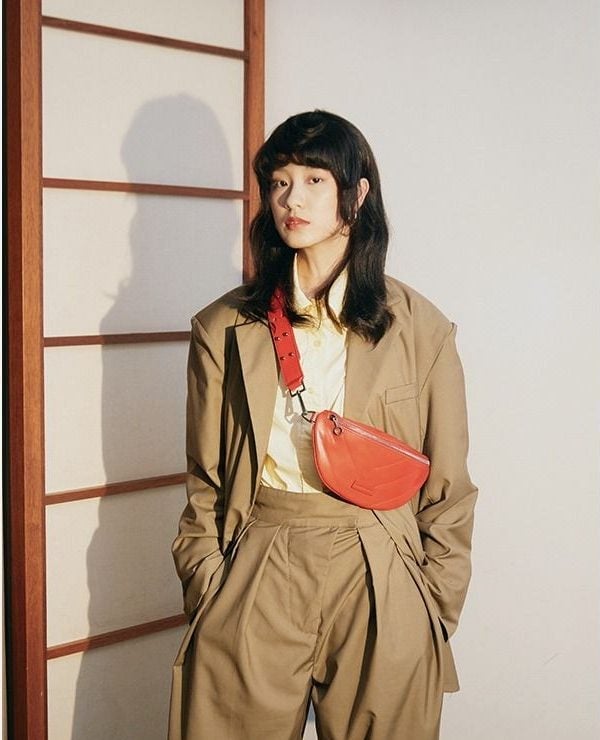China’s fashion shoppers are ignoring stereotypical gender boundaries
In China, a lot of clothes shopping takes place online, and one of the leading sites where it happens is Taobao. The Alibaba-owned site is the country’s largest e-commerce marketplace, claiming 636 million active users in 2018 (pdf).


In China, a lot of clothes shopping takes place online, and one of the leading sites where it happens is Taobao. The Alibaba-owned site is the country’s largest e-commerce marketplace, claiming 636 million active users in 2018 (pdf).
That volume gives it good insight into what sort of items shoppers are looking for in China, which is set to overtake the US as the world’s largest fashion market this year. In a new report, Taobao laid out the top trends it’s seeing. Among them was a surge in shoppers happy to overlook stereotypical gender ideas about who should wear what.
“According to Taobao transaction data, female consumers prefer more neutral and ‘masculine’ fashion items whereas male consumers are becoming more sophisticated and gravitate toward gender neutral, ‘China cool’ streetwear pieces,” says a translated copy of the report provided to Quartz. (Taobao originally published its findings on the Chinese social-media platform Weibo, as the South China Morning Post reported.)
The data from Taobao, which caters to a range of price points, including a good deal of inexpensive clothing, found that suits were a top choice for female customers. Many were looking in particular for oversized blazers. So far this year, through March 14, searches for oversized “big brother” blazers were up 317%, while the volume of transactions for the style grew 139%.
The interest appears at least partly tied to the influence of Chinese celebrities. Taobao noted that the search term “blazer” was frequently paired with the name of an actress or singer, such as Yang Mi or Yao Chen. The company also made the surprising prediction that, in 10 years, “the average female Chinese consumer will at least own one blazer,” exceeding the average among men.
Among men, meanwhile, in the year through March 14, searches for lace and see-through clothing grew 119% and 107%, respectively. Streetwear followed just behind, with 105% year-over-year growth.
Streetwear is in the midst of a boom driven by the popularity of hip-hop. “I think streetwear is the next thing in China right now,” Edison Chen, the Canada-born Hong Kong entertainment star and cofounder of streetwear label CLOT, said in an interview last year. Companies of all sorts are trying to cash in, including one that’s effectively a counterfeit version of streetwear pioneer Supreme.
It’s worth noting that Taobao’s figures are looking specifically at growth, rather than total search volume. If the number of searches for a term was small to start, it’s easier for them to show high growth.
Even so, the data points to a rising number of adventurous fashion shoppers, influenced by pop culture. “Today’s Chinese consumers appear to be more like their western counterparts than like their parents,” Juanjuan Wang, an author and professor at the University of Minnesota, recently told Jing Daily. “Individual tastes, instead of social status, have become defining elements of fashion identity.”
The Jing Daily story was reporting on a different trend among China’s fashion shoppers: More and more are buying domestic Chinese brands, rather than foreign labels.